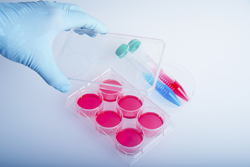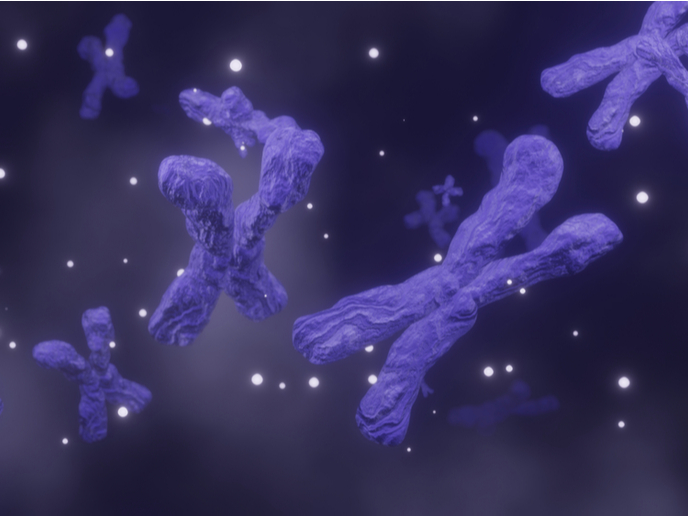Stem cells to treat a damaged heart
Cardiac infarction is considered one of the leading causes of mortality worldwide. Given the low regenerative potential of cardiac muscle, patients who have suffered cardiac infarction often progress to congestive heart failure. MSCs are a powerful source of stem cells since they are able to differentiate to a plethora of cell types. As a result, they are increasingly being used in regenerative medicine and for the development of biological prosthetic implants. Recent reports suggest that MSCs concentrate around blood vessels, but the precise MSC natural microenvironment is incompletely understood. The key objective of the EU-funded MESENDOT project was to investigate the reciprocal interplay between MSCs and their microenvironment. By elucidating the cues that MSCs receive from the endothelium as well as the effect of the stem cells on angiogenesis and endothelial differentiation and function, scientists hoped to come up with novel treatments for myocardial infarction. With a particular focus on the vascular niche, MESENDOT members aimed delineating the molecular mechanisms responsible for its homeostasis. Using a co-culture system of human adipose tissue-derived MSCs with human umbilical vascular endothelial cells (HUVECs), scientists were able to perform a high-throughput analysis of the secreted proteins. Various proteins were found to be up-regulated, including CXCL-6, a chemokine highly expressed in the heart and also implicated in MSC proliferation and migration. The outcome of CXCL-6 administration on the inflammatory response post-infarction was addressed in a rat model of acute and chronic myocardial infarction. Injection of MSCs was also investigated as a strategy for reducing the infarct size. Taken together, the findings of the MESENDOT study provide a new role for MSCs as a treatment pathway for cardiac infarction. Although clinical validation is pending, the results of this investigation open up new dimensions for the regenerative potential of MSCs.







